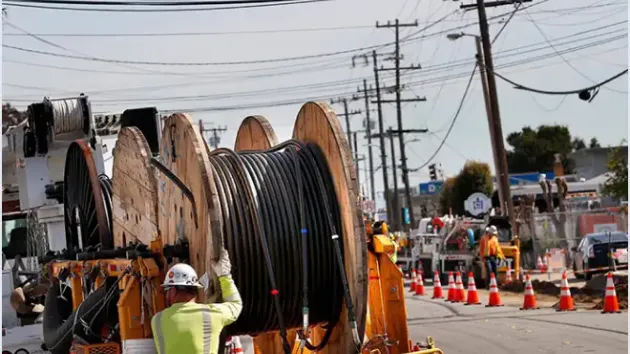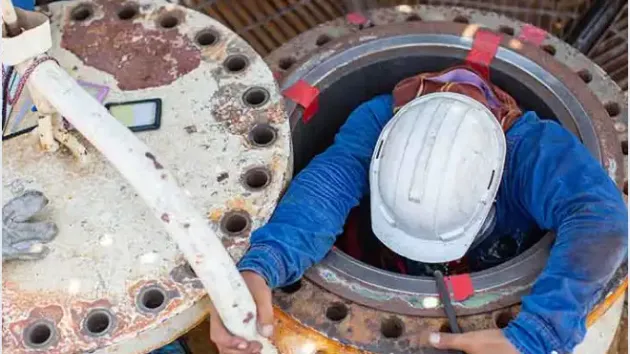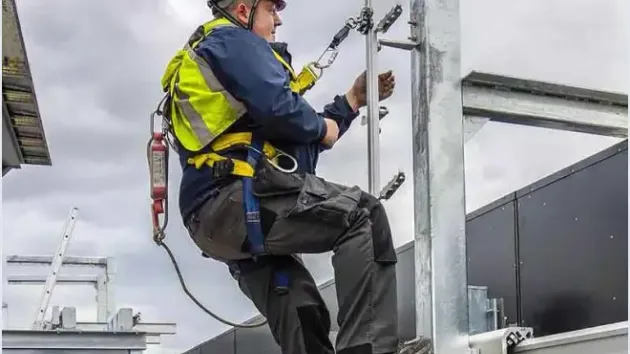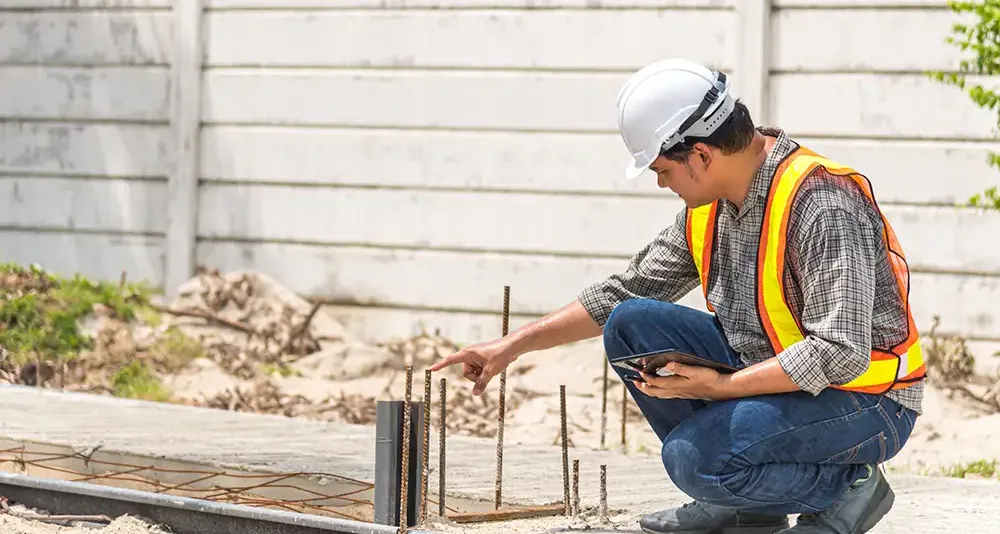Introduction
Nearly two thirds of construction workers will use scaffolding in their work at one point or another. Every year, there are thousands of scaffolding accidents reported to the authorities. Unfortunately, a significant percentage these incidents involve serious injuries and fatalities. To minimize the critical hazards of scaffolding, employees must be fully aware of the safety risks they are exposed to and implement rigorous safety measures to reduce the likelihood of accidents.Potential Hazards
The most common risks faced by scaffolding employees include:
Falls and Tip-Overs.
Falls are simultaneously the most frequent and harmful accidents in scaffolding. OHS standards require construction workers to deploy necessary guard rails that must be appropriately installed, as well as a variety of personal arrest systems when working at heights of over 10 feet (3 meters). Scaffolding collapse, tip-over, or fall accidents often lead to debilitating health conditions, such as spinal cord injuries, concussions, or traumatic brain wounds, but also death.Confined Spaces.
caffolds are primarily used outdoors, but are just as necessary when working in underground sewers, shafts, wells, tunnels, tanks, and more. In addition to the risks associated with working at heights, confined spaces are characterized by poor ventilation and lack of oxygen. Workers might get trapped in these enclosures, while any accumulation of vapors can lead to explosions. Confined spaces are extremely dangerous and demand an increased attention to detail on the part of the employee.Being Struck.
Getting struck by fallen equipment or materials is a pressing hazard for everyone on the construction site, as well as for any people that might be walking nearby. Whether through barricades or netting work, employers must diminish this risk as much as possible. Depending on the circumstances, accidents can lead to anything from mild injury to life-threatening traumas.Energized Power Lines.
Since scaffolds are necessary in order to reach great heights in various construction circumstances, proximity to powerlines is a frequent occurrence. To ensure that the employees are safe from shocks, burns, or electric arcs, the OHS has imposed a minimum working distance between scaffolds and electrical lines. When the latter cannot be implemented, the cables must be de-energized. However, these rules are not always followed, which can lead to serious or fatal electrical injuries.
Incident Prevention
Unfortunately, most construction site workers do not undergo the necessary safety training before climbing a scaffold. As such, the number of scaffold-related injuries is consistently high from one year to the other, despite numerous official efforts to implement more rigorous safety standards.
The best way to keep construction personnel accident-free is to ensure that all employees have access to the necessary safety training. Businesses owners are required by Canadian law to inform their employees with respect to the occupational hazards associated with their line of work.
Aside from this, the workers must be taught how to properly use personal protective equipment, as well as any safety mechanisms that might be required by a specific construction site or situation. Given the increased peril of working at heights, being able to prevent incidents from happening in the first place will often be the only way to maintain one’s safety.
Recommended Safety Courses



What You Can Do to Stay Safe
Whether you’re an engineer, carpenter, or laborer, the only way to guarantee your safety when you’re on a scaffold is to be aware of the hazards you might be exposed to at any given time. Construction companies might sometimes cut corners in order to meet deadlines and this is often done at the expense of workers’ safety.
Canadian employers have to provide their staff with adequate safety training and inform them of the full range of occupational risks they may be exposed to, as per national legislation. Particularly for employees who have to work on scaffolds, knowledge and precaution can often lead to life-saving decisions.



